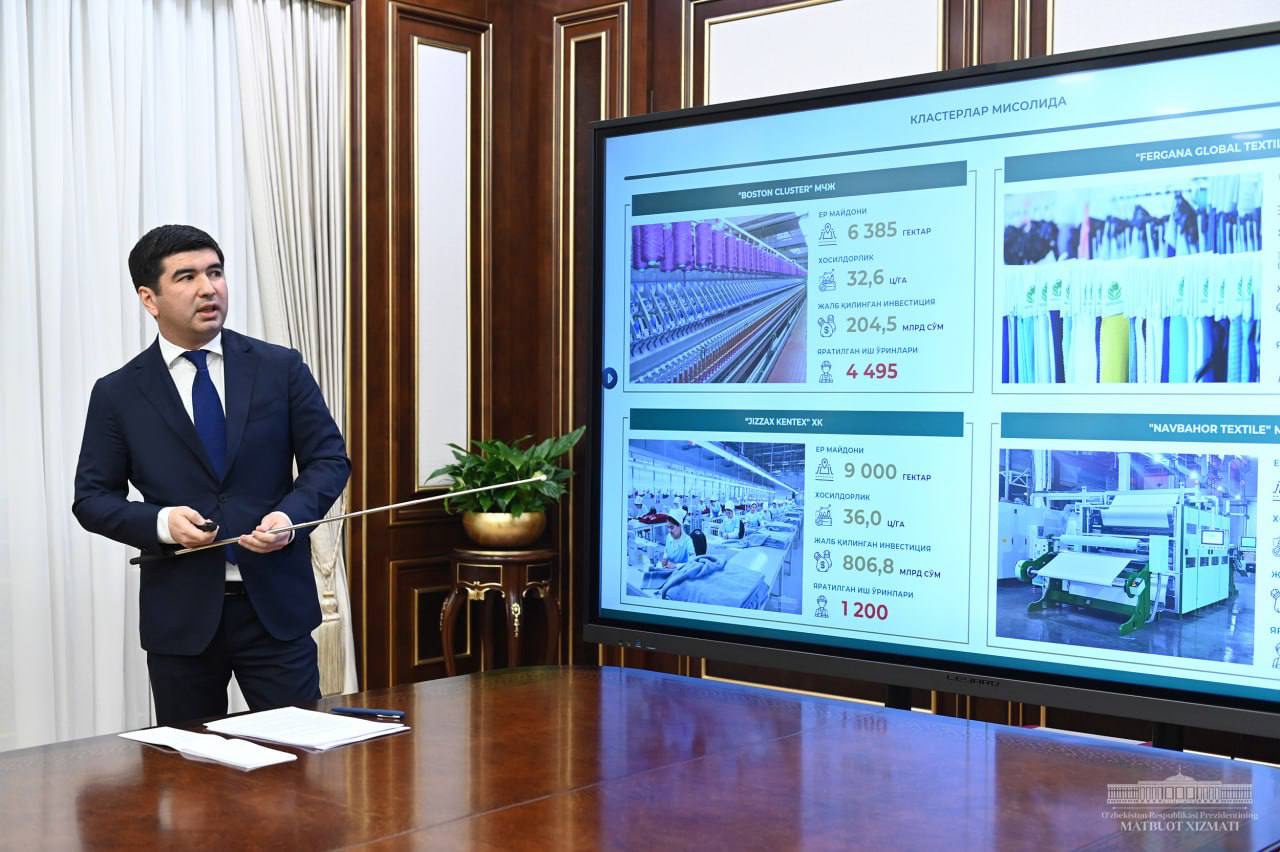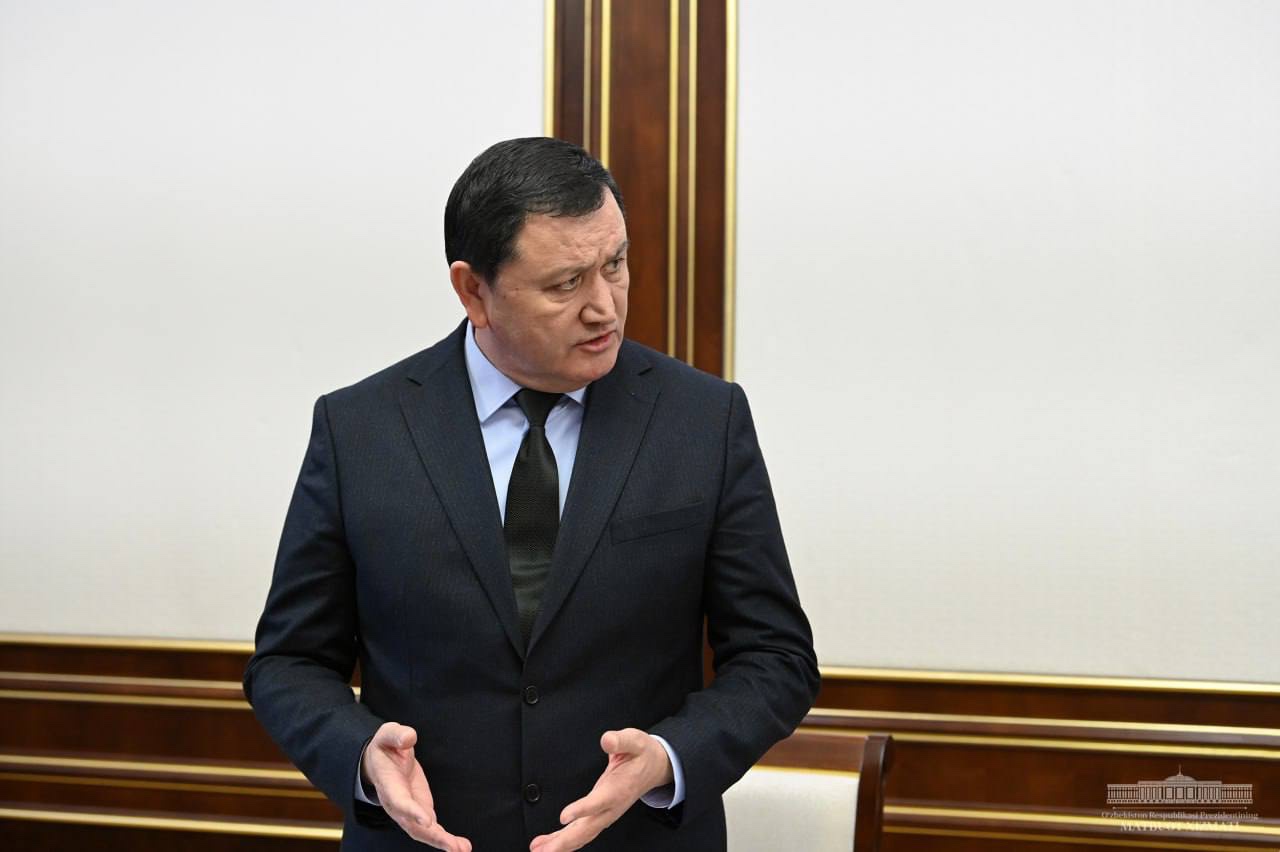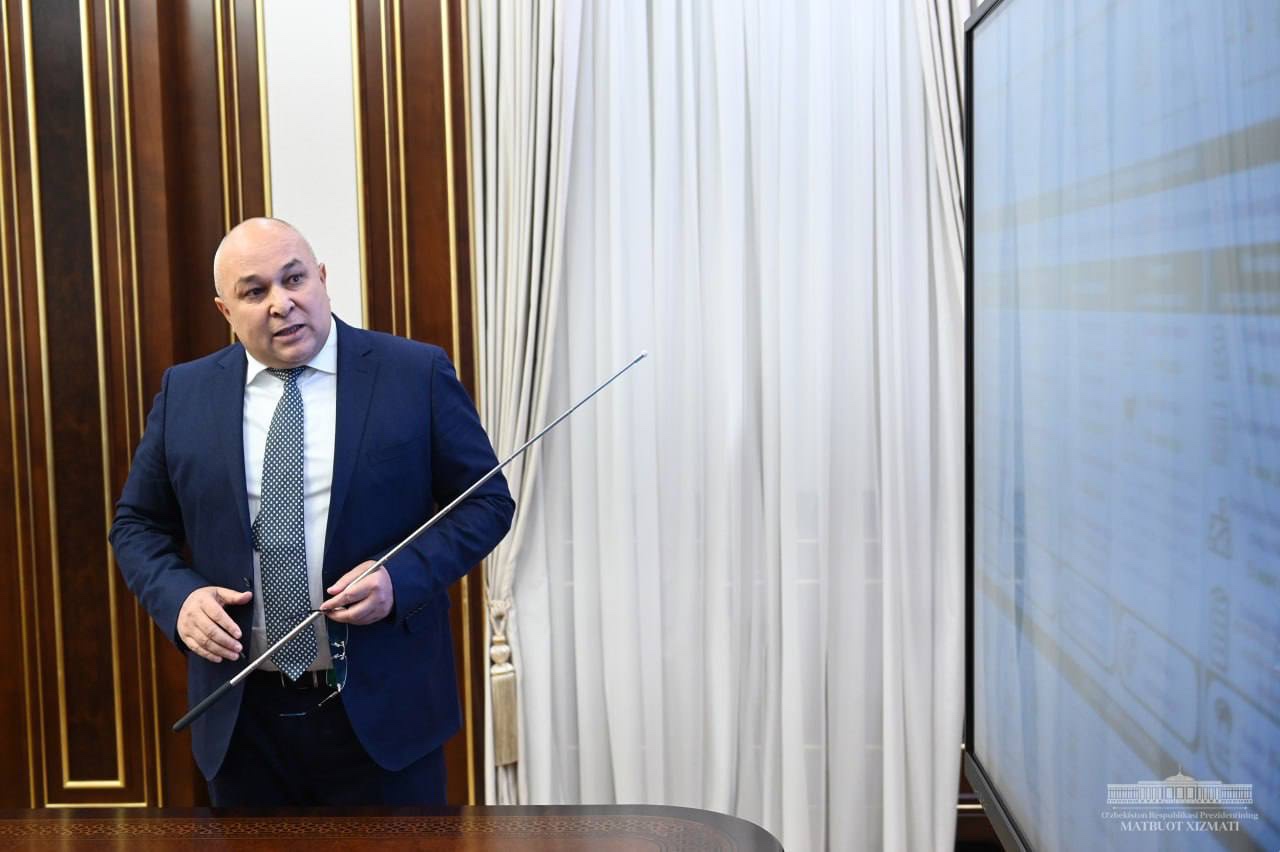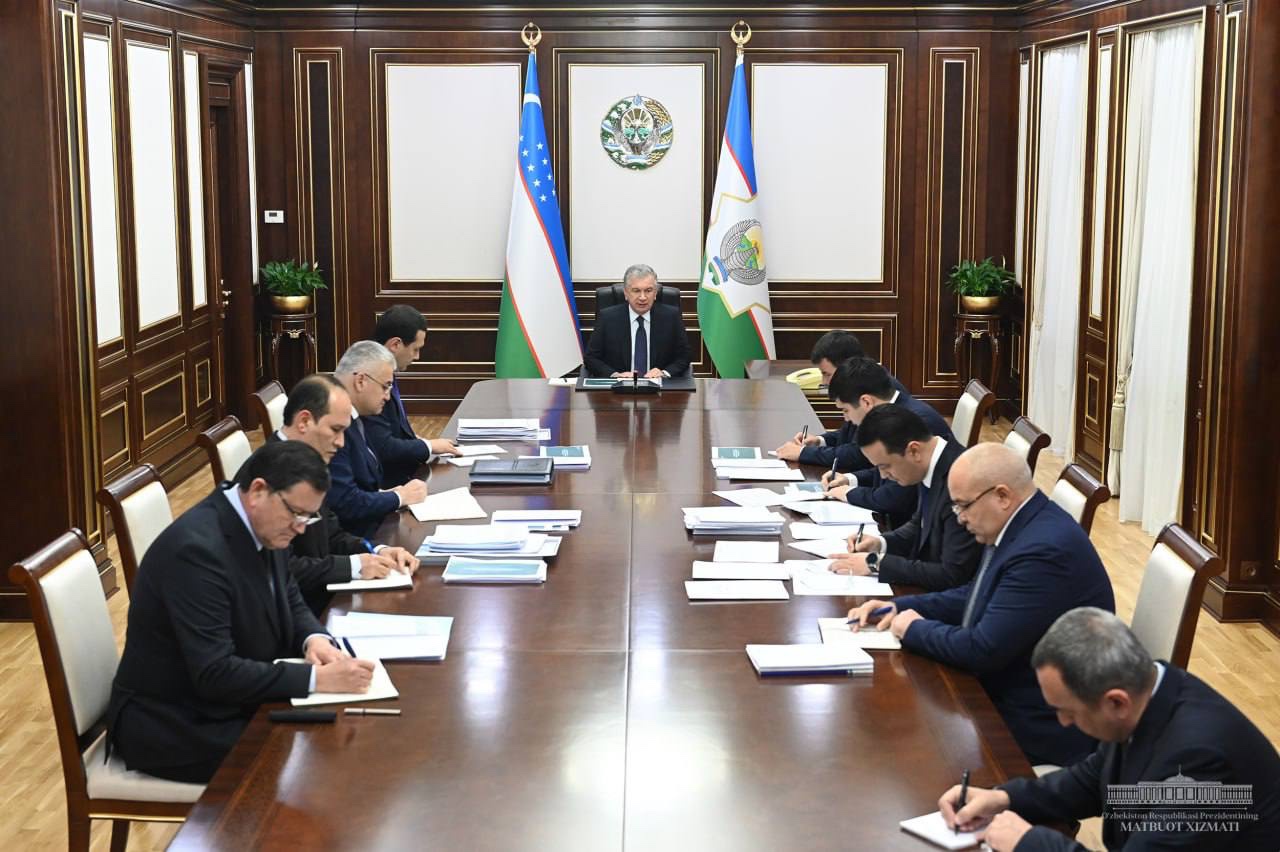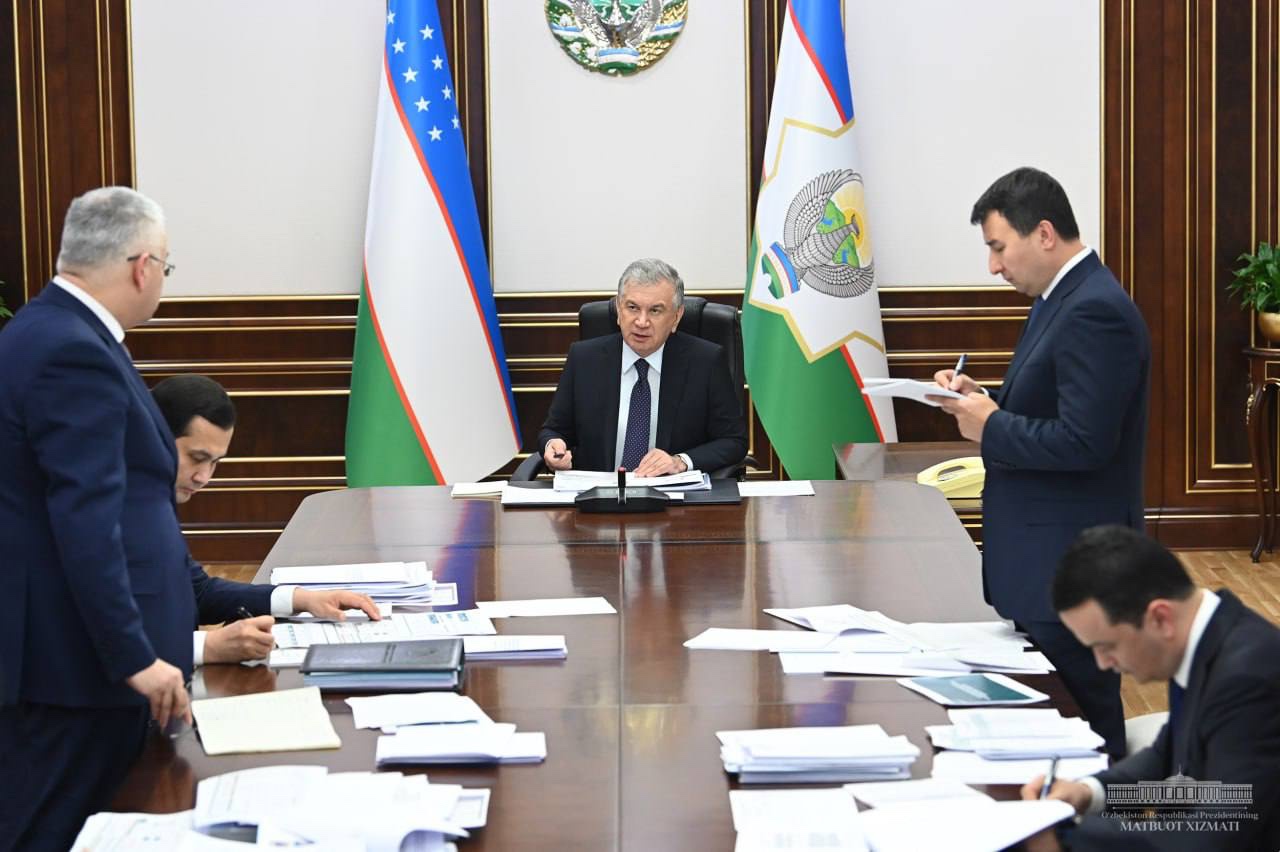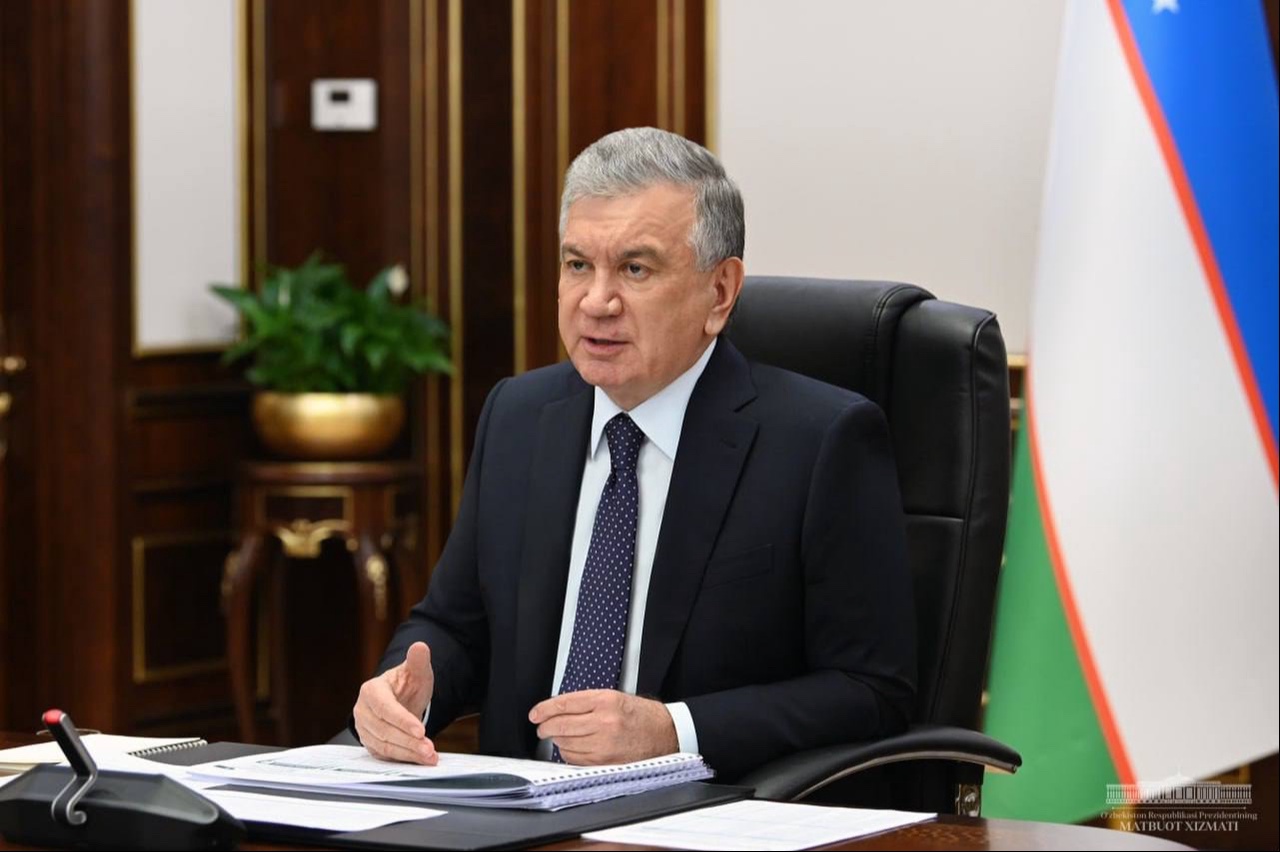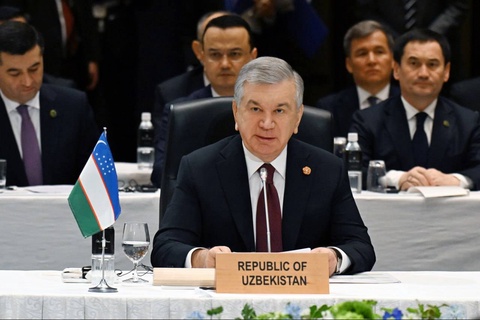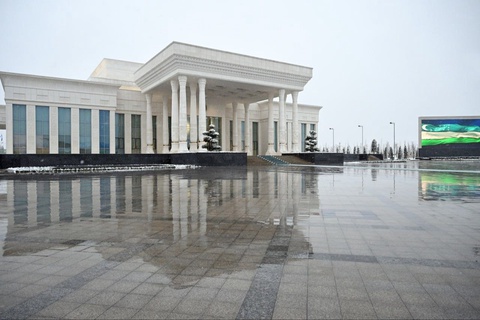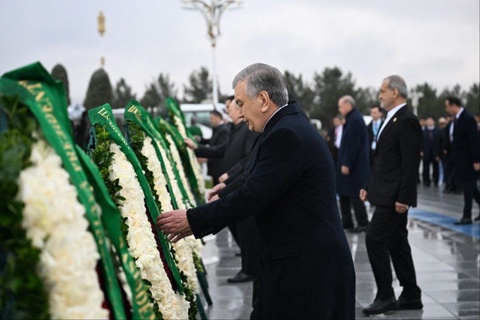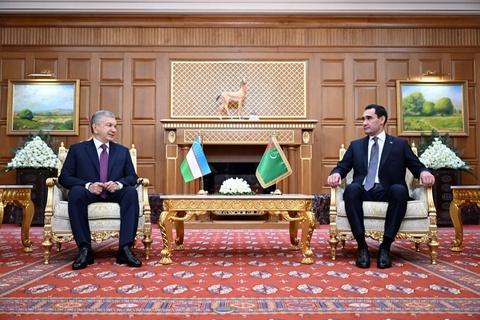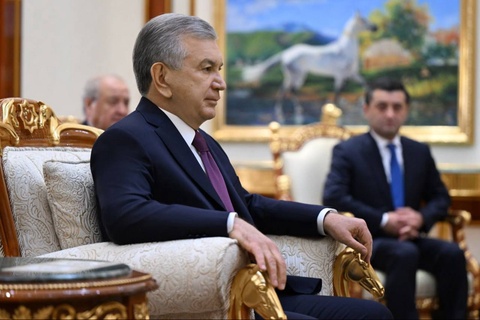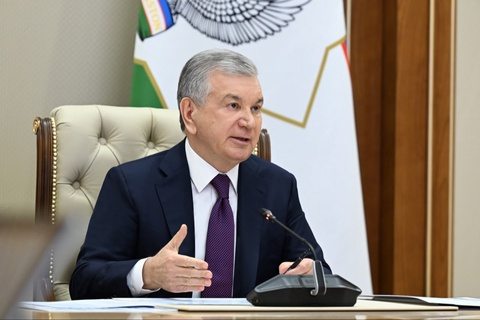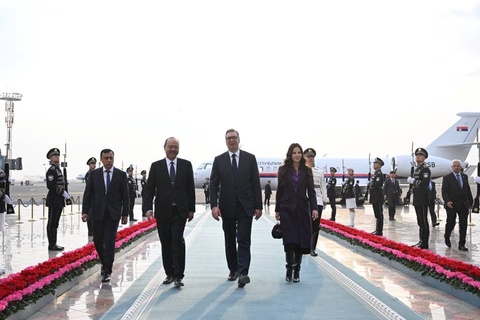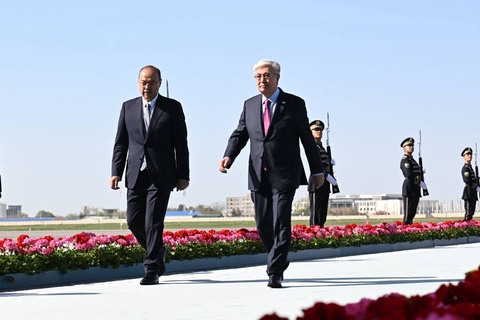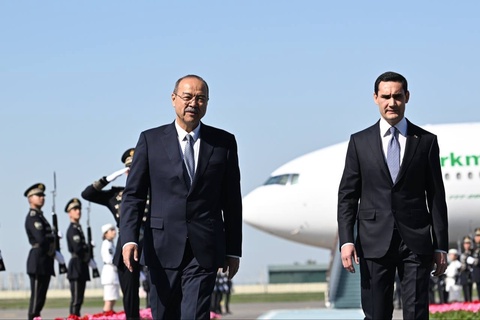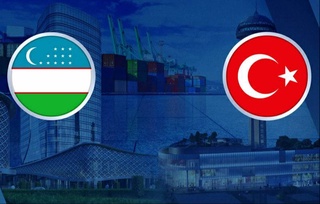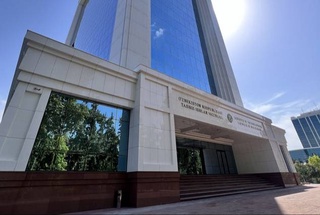To date, cotton-textile clusters have invested 5 billion 300 million dollars in the industry, they have been allocated 3 billion dollars in soft loans. The clusters launched 265 projects worth $4 billion and created 300,000 new jobs. As a result, cotton yield increased by 30 percent – from 26 to 34 centners per hectare.
At the same time, there are problems at places that hinder the activities of clusters and farmers. Among them are the occurrence of debts and penalties for farms due to non-payment of value-added tax on time.
7,000 farmers are forced to irrigate cotton fields with pumps. There is no deadline for the conclusion of futures contracts. There is no transparent system for registering contracts.
These and other problems in the sphere were discussed at the meeting. The necessary measures for their solution were determined.
In particular, it was noted that the practice of compensating 50 percent of the cost of electricity consumed for irrigating cotton fields with pumps will be introduced.
Last year, the price of mineral fertilizers in the domestic market increased by 50 percent, which caused a shortage. In this regard, it was proposed to extend the customs benefits for mineral fertilizers for another 3 years.
Responsible persons were instructed to streamline contracts and settle mutual settlements between clusters and farmers, coordinate the cultivation of cotton and grain. It was determined that penalties accrued to farms for non-payment of VAT in due time, as an exception, will be written off.
The task was set to arrange the registration of futures contracts in the electronic information system of the tax authorities and integrate it with the Agroplatform information system of the Ministry of Agriculture. From now on, New York Stock Exchange monthly average futures prices will be published on the website of the Ministry of Agriculture.
The need for localization of high-yielding and water-resistant cotton varieties used abroad was noted, involving the efforts of scientific institutes in cotton growing.
The tasks facing agriculture this year were also considered at the meeting.
In particular, plans were noted to launch 600 projects worth $400 million, create an additional 185,000 tons of storage and processing facilities, as well as agricultural service centers in 33 districts. It is planned to introduce water-saving technologies on 300,000 hectares and laser leveling on 200,000 hectares.
The silk industry manufactures products worth more than 3 trillion UZS and exports goods worth almost $110 million. However, the potential of the industry has not been exhausted. In this regard, the Committee for the Development of Sericulture and Wool Industry was instructed to ensure the procurement of 26,000 tons of cocoons, 1.3 million pieces of karakul skin and 40,000 tons of wool this year.
The plans include the distribution of 100,000 hectares of sown land and the employment of more than 2 million people through this. The importance of these measures for saturating the main types of food poducts and ensuring price stability in the markets was emphasized.
There is a great need for top and middle-level specialists in the food industry in the country. In this regard, a proposal was approved to create a new institute for training such personnel based on the experience of foreign countries.


